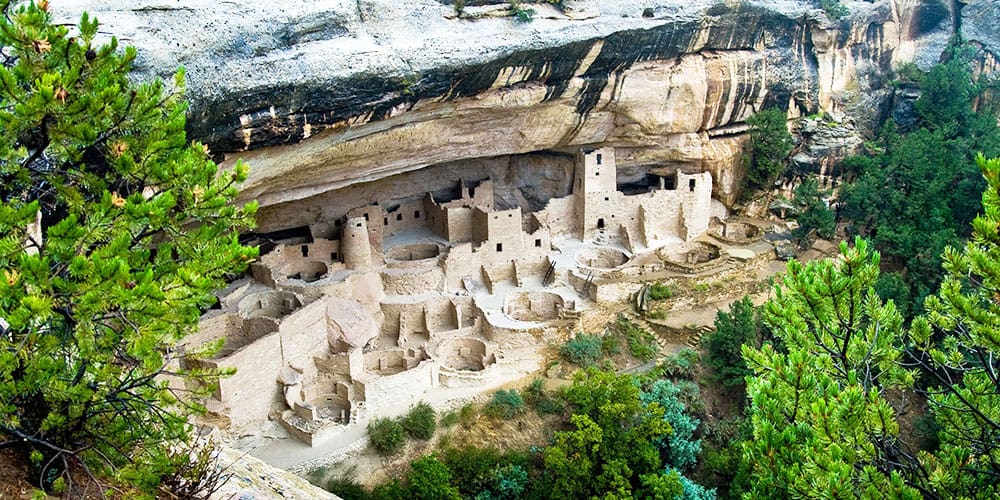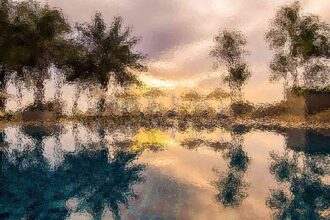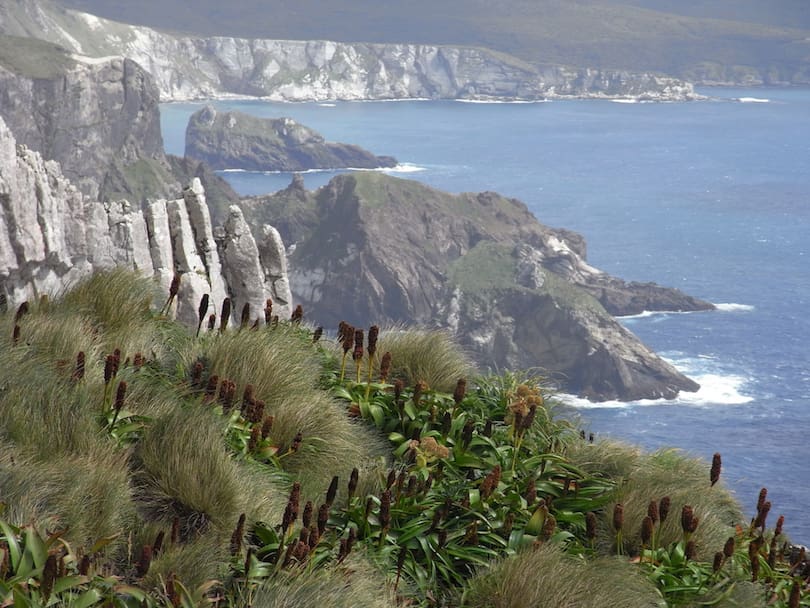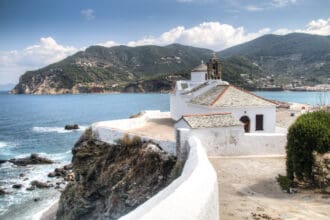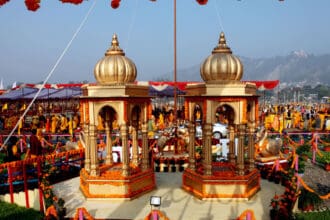Mesa Verde, located in southwestern Colorado, is home to some of the most well-preserved cliff dwellings in the world. These ancient cliff dwellings are a testament to the ingenuity and resourcefulness of the ancestral Puebloans who once inhabited the area. In this article, we will take a closer look at theCliff Dwellings of Mesa Verde in Colorado and explore their history, architecture, and significance.
History of the Ancestral Puebloans
The ancestral Puebloans, also known as the Anasazi, were a group of Native Americans who lived in the Four Corners region of the United States for over 1,000 years. They are known for their impressive cliff dwellings, which they built into the sides of cliffs and canyons. The cliff dwellings were used for both residential and ceremonial purposes.
The Ancestral Puebloans were skilled farmers, growing corn, beans, and squash, among other crops. They also made pottery, jewelry, and textiles. The people of Mesa Verde were able to sustain a population of several thousand for centuries, until they eventually abandoned the area in the late 1200s.
Mesa Verde National Park
Mesa Verde National Park was established in 1906 to protect the amazing cliff dwellings of the Ancestral Puebloans. The park covers over 52,000 acres and is home to more than 5,000 archaeological sites, including 600 cliff dwellings.
The park is divided into two main sections: the Chapin Mesa Archeological Museum and the Wetherill Mesa. The Chapin Mesa section is home to several cliff dwellings, including the Cliff Palace, Balcony House, and Spruce Tree House. The Wetherill Mesa section is less crowded and offers visitors the opportunity to explore the Long House and Step House cliff dwellings.
Cliff Dwelling Architecture
The cliff dwellings of Mesa Verde are known for their impressive architecture. The structures were built using sandstone blocks, wooden beams, and mortar made from mud and clay. The buildings were designed to be both functional and aesthetically pleasing, with intricate designs and patterns etched into the walls.
Cliff Palace
Cliff Palace is the largest cliff dwelling in North America and is considered the crown jewel of Mesa Verde. The palace has 150 rooms, including living quarters, storage rooms, and ceremonial spaces. The palace also features a large central plaza, which was used for dances and other gatherings.
Balcony House
Balcony House is a smaller cliff dwelling that is notable for its location. Visitors must climb a 32-foot ladder and crawl through a small tunnel to reach the dwelling. The structure has 40 rooms and features a kiva, or ceremonial chamber, that is decorated with intricate murals.
Spruce Tree House
Spruce Tree House is a well-preserved cliff dwelling that is located near the Chapin Mesa Archeological Museum. The structure has 114 rooms and features a large kiva that is decorated with intricate murals.
Significance of the Cliff Dwellings
The cliff dwellings of Mesa Verde are significant for both cultural and scientific reasons.
Cultural Significance
The cliff dwellings are a testament to the ingenuity and resourcefulness of the ancestral Puebloans. The structures offer a glimpse into the daily lives of these ancient people, as well as their religious beliefs and customs.
Scientific Significance
The cliff dwellings also offer valuable insights into the history and development of the Ancestral Puebloan culture. Archaeologists and anthropologists have used the cliff dwellings to study the technology, agriculture, and social organization of the ancient people.
Conservation Efforts
The National Park Service is committed to preserving the cliff dwellings of Mesa Verde for future generations. The park has implemented a number of conservation efforts, including stabilizing the structures, monitoring visitor impact, and conducting research to better understand the needs of the cliff dwellings.
Tourism at Mesa Verde
Mesa Verde National Park is a popular destination for tourists from all over the world. Visitors can explore the cliff dwellings on guided tours, hike the park’s numerous trails, and learn about the culture and history of the Ancestral Puebloans at the park’s museums.
Future of the Cliff Dwellings
The future of the cliff dwellings of Mesa Verde is uncertain. The structures are over 700 years old and are facing numerous threats, including erosion, vandalism, and climate change. However, the National Park Service is working to ensure that the cliff dwellings are protected for future generations to enjoy.
Conclusion
The cliff dwellings of Mesa Verde are a testament to the ingenuity and resourcefulness of the Ancestral Puebloans. These amazing structures offer valuable insights into the history and culture of this ancient people and are an important part of America’s heritage. The conservation efforts of the National Park Service ensure that these remarkable structures will be protected for generations to come.
FAQs
- When were the cliff dwellings built?
The cliff dwellings were built by the Ancestral Puebloans between the 6th and 12th centuries.
- How did the Ancestral Puebloans build the cliff dwellings?
The Ancestral Puebloans built the cliff dwellings using sandstone blocks, wooden beams, and mortar made from mud and clay.
- Can visitors enter the cliff dwellings?
Visitors can enter some of the cliff dwellings on guided tours, but others are off-limits to protect the structures.
- What is the best time of year to visit Mesa Verde?
The best time to visit Mesa Verde is during the spring and fall, when the weather is mild and the crowds are smaller.
- How long should I plan to stay at Mesa Verde?
Visitors should plan to spend at least one full day at Mesa Verde to fully explore the park’s many attractions.

